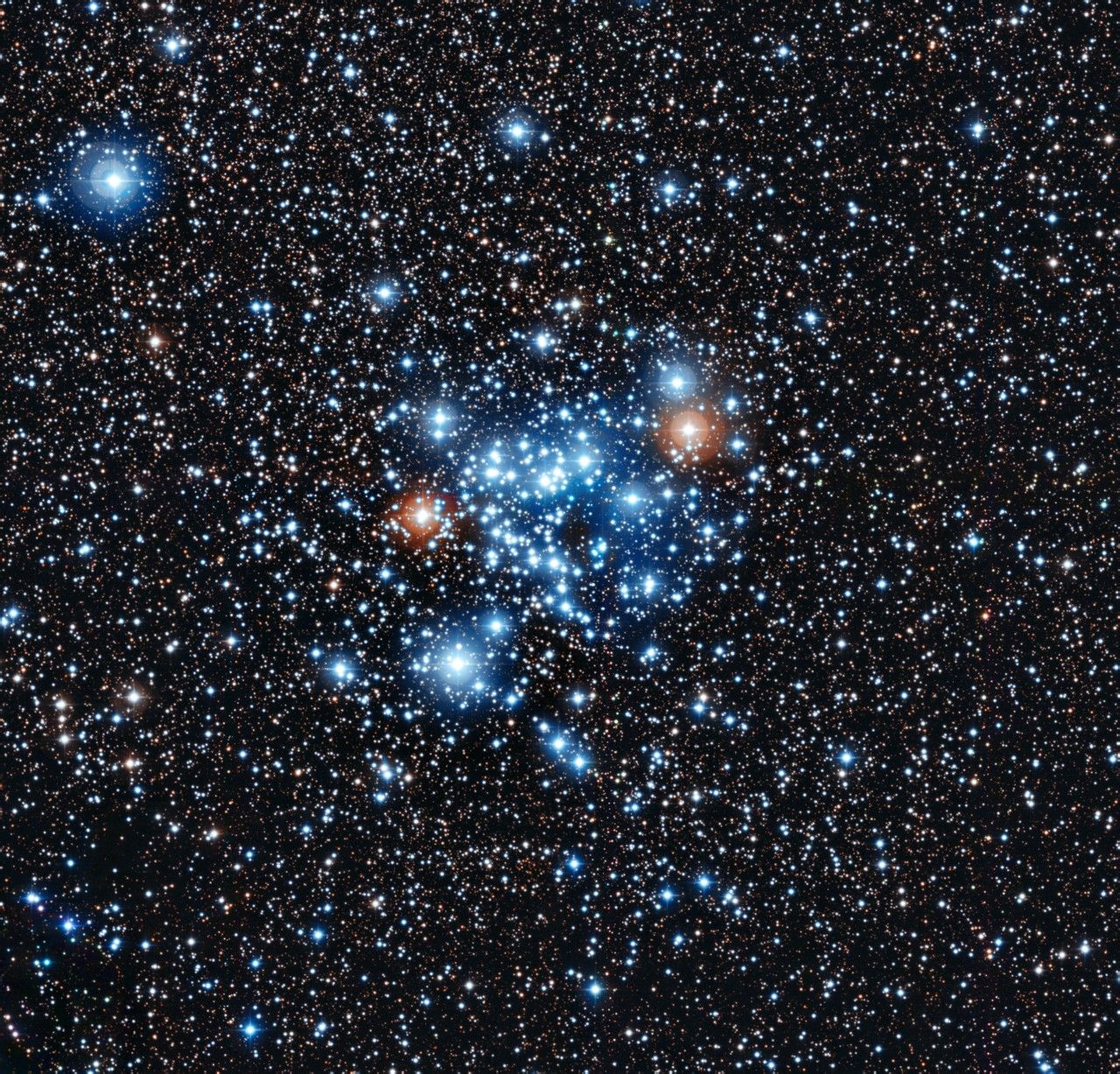Ionized and heated by strong ultraviolet radiation fields, emission line nebulae (ELNe; including planetary nebulae, H II regions, starburst galaxies, etc.) glow with strong emission lines. Observations and analyses of ELNe allow us to probe the contents and distributions of heavy elements within and beyond the Milky Way galaxy, and to obtain vital information of the stellar and Big Bang nucleosynthesis, and of the star formation and chemical enrichment history of galaxies. Being a world-leading group in the field, we have done extensive investigations on planetary nebulae and H II regions, including deep spectroscopic observations, theoretical analysis and numerical simulations. Particularly, we have developed systematic tools of plasma diagnostics and abundance determinations based on heavy element optical recombination lines. Our series influential studies have driven the development of this active field.


Interstellar medium (ISM) plays an important role in star formation and chemical evolution of galaxies. Interstellar dust absorbs and scatters ultraviolet to infrared (IR) light, and re-emits the absorbed energy thermally in the mid-IR to far-IR (FIR) bands. These processes reshape the radiation field of galaxies. Understanding their effects is therefore crucially important in revealing the physical properties of astronomical objects. The diffuse interstellar bands (DIBs) show up as absorption troughs in the optical/near infrared (IR) wavelength range against the continuous spectra of hot background stars . Since their first detection in 1921, the origin of DIBs is still not fully understood. Based on the world largest stellar spectra library from LAMOST Regular Galactic Surveys, we have studied the optical and IR extinction law, the Galactic 3D dust extinction distribution, as well as the dust and gas correlations.

Star formation is one of the fundamental astrophysical processes shaping the observable universe. It plays the key role in studies of ISM physics, Milky Way structure, evolution of galaxies and the formation of planets. In this area of research, we focus on multi-scale collapse of molecular cloud, connecting Milky Way structure to star formation, and ISM condition in different galaxies. We have identified and studied large-scale filamentary structures in the Milky Way disk, and shown that the dynamics of pc-scale molecular cloud is strongly influenced by the Galactic shear. By combining observational data with theoretical and numerical analyses, we are carrying out studies for the star formation process in the Milky Way, aiming to connect our findings to the cosmic evolution of disk galaxies.
